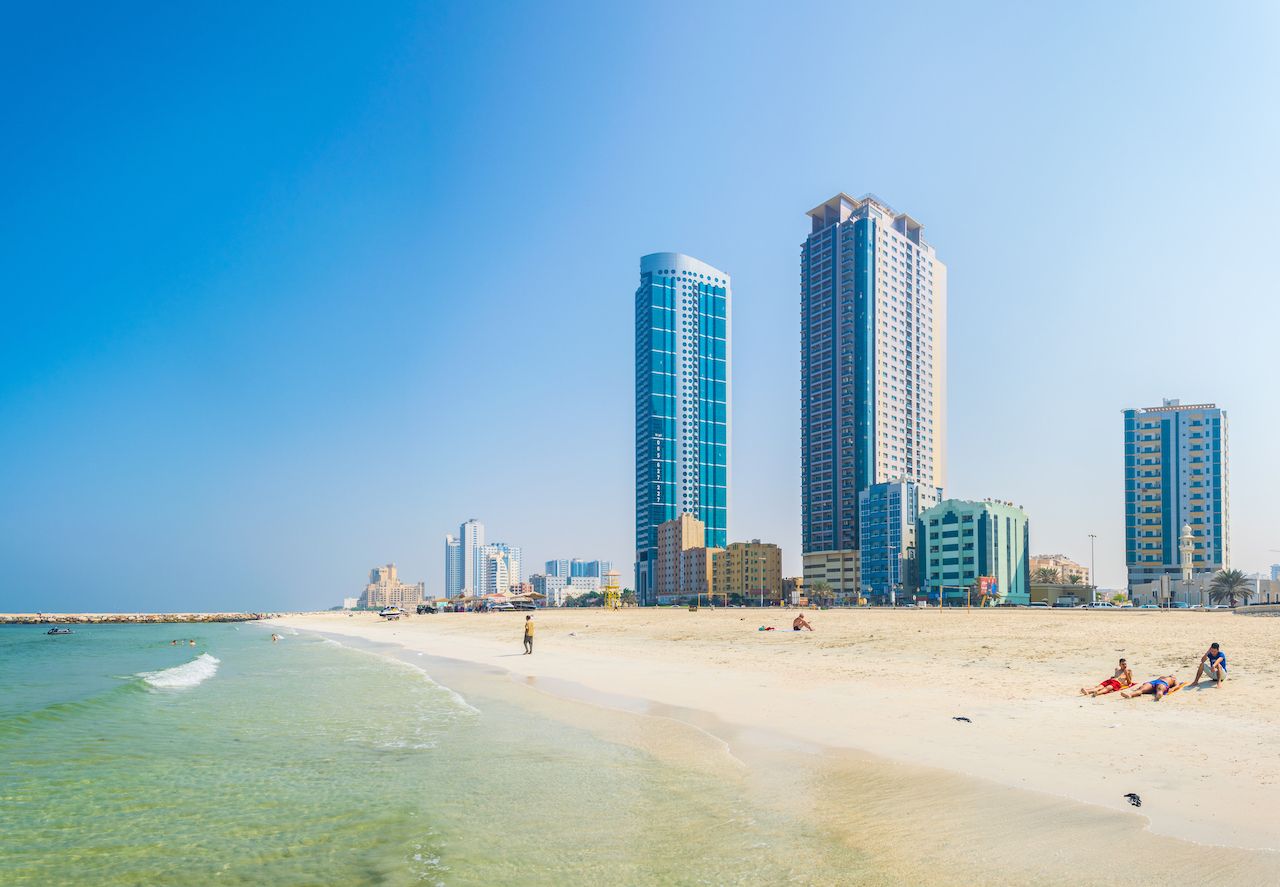A friend from the Middle East once told me that he couldn’t wait to visit the United States. When I asked him where he wanted to go specifically, he looked at me quizzically and said, “New York City, where else?” as if the answer was obvious.
It might sound like a funny exchange, but Americans are guilty of the same preconceptions. As far as the United Arab Emirates (UAE) are concerned, Dubai and Abu Dhabi are New York City. They’re the glittering letters on the Broadway marquee that grab all the attention. Given the popularity and notoriety of these two emirates, it’s easy to forget that there are five others with attractions that outshine their more popular neighbors. From Fujairah’s white sand beaches to the longest zipline in the world in Ras al Khaimah, these emirates aren’t as opulent as Dubai, but they’re equally worth visiting.





